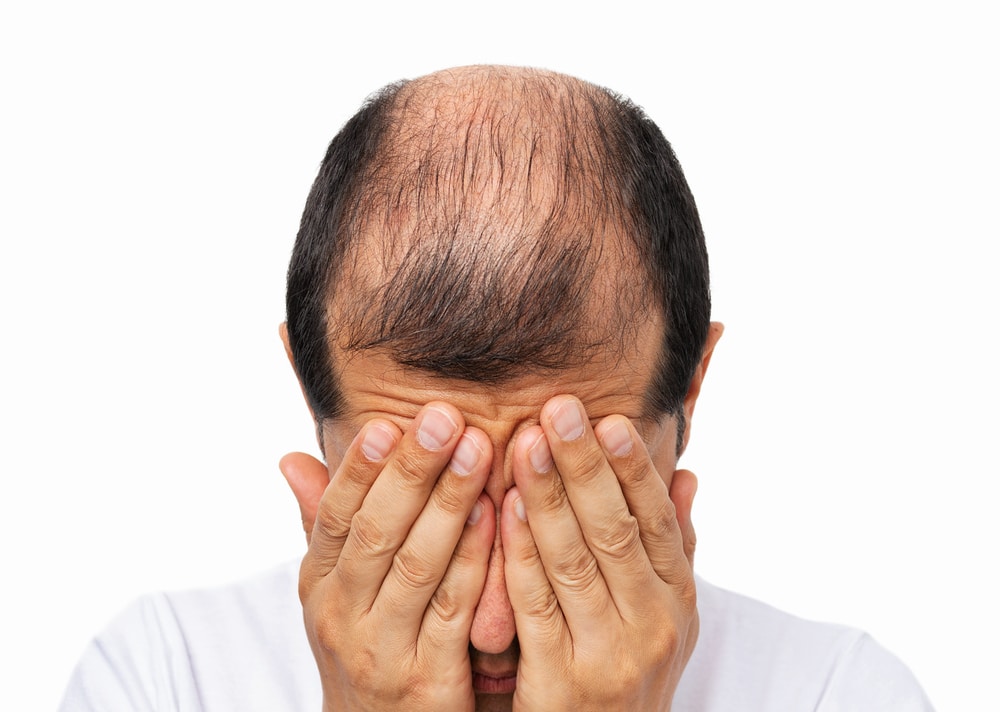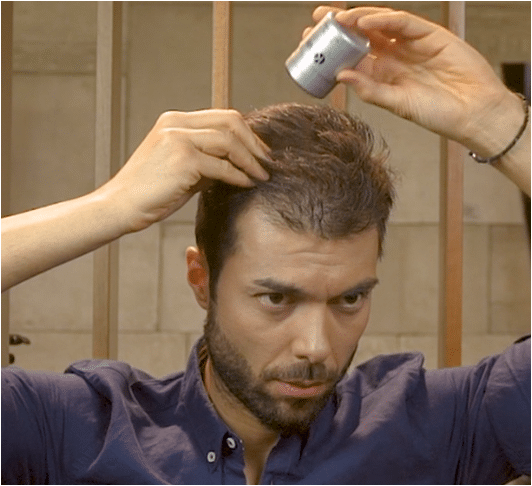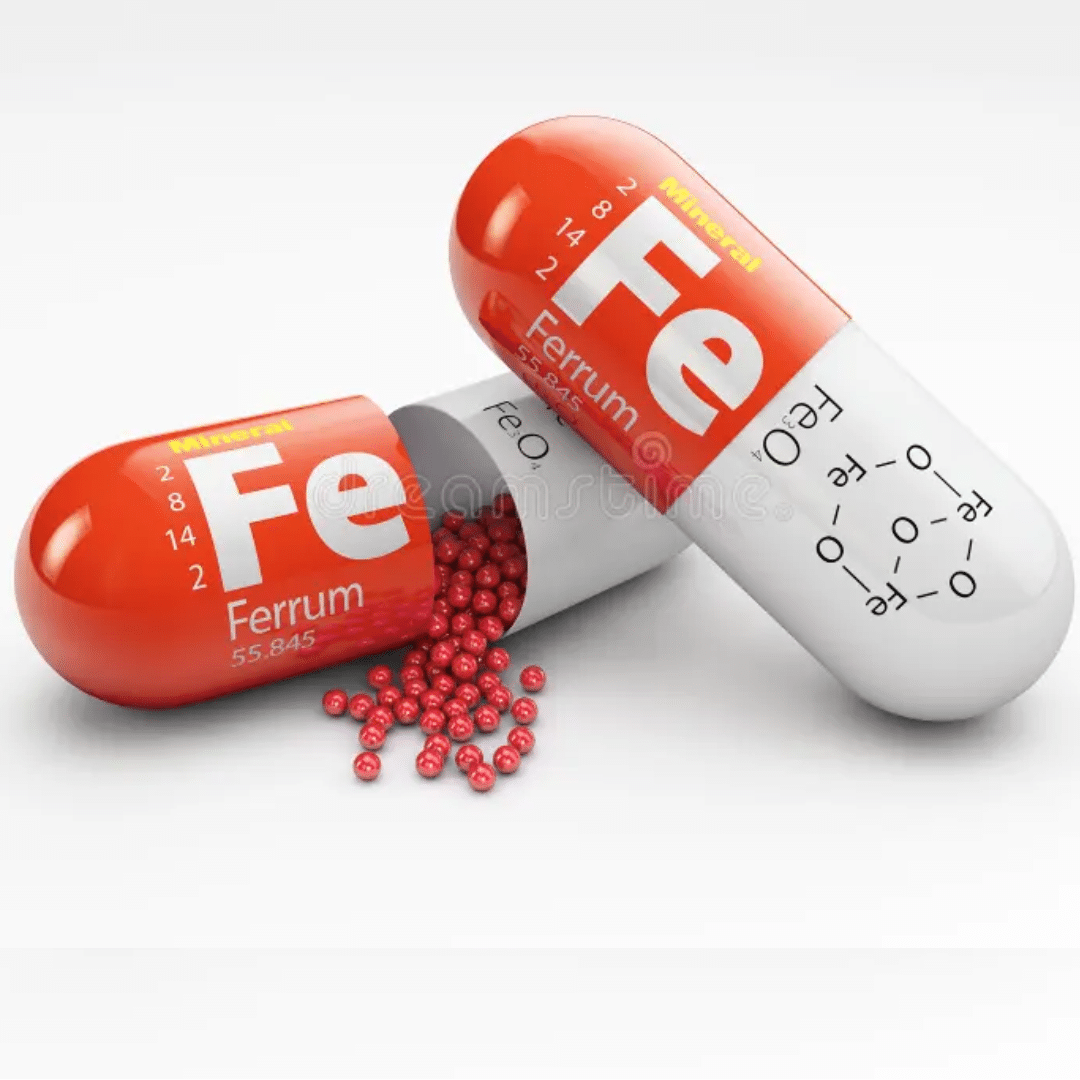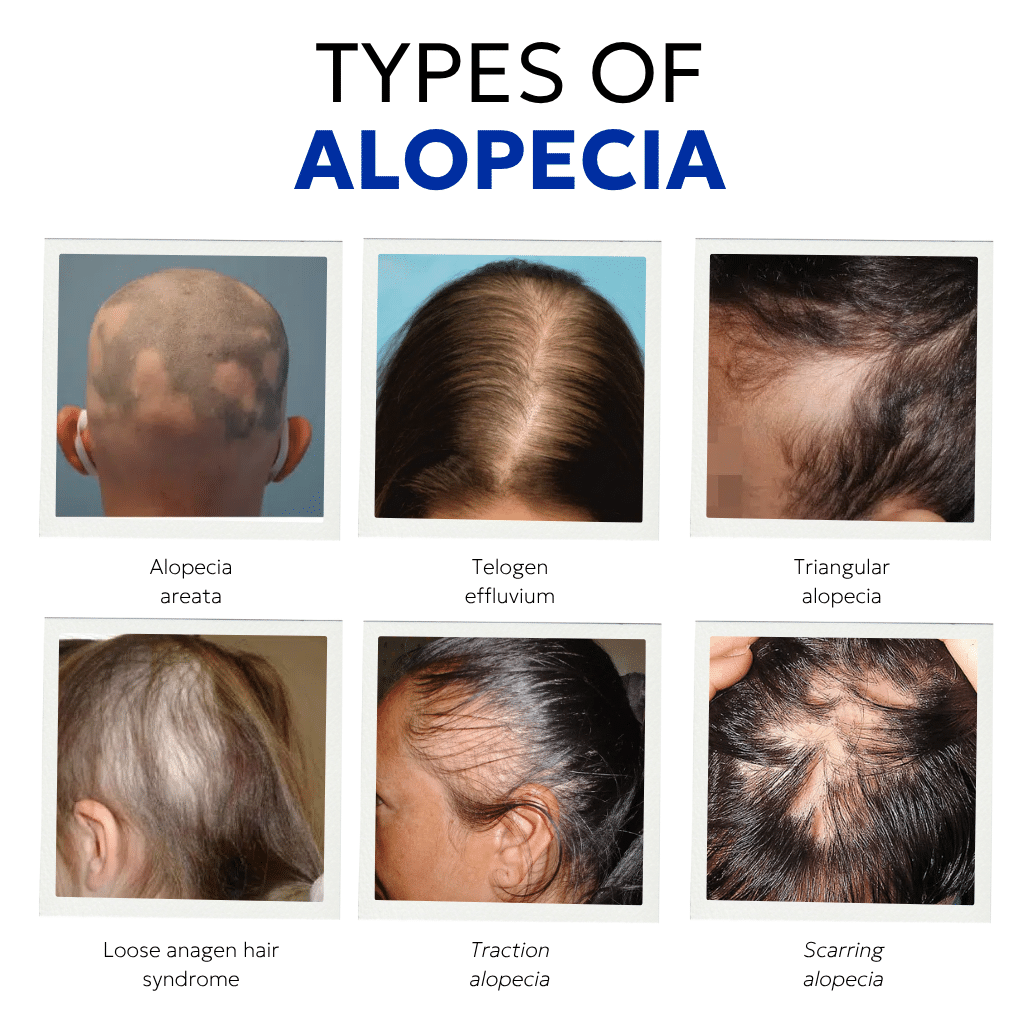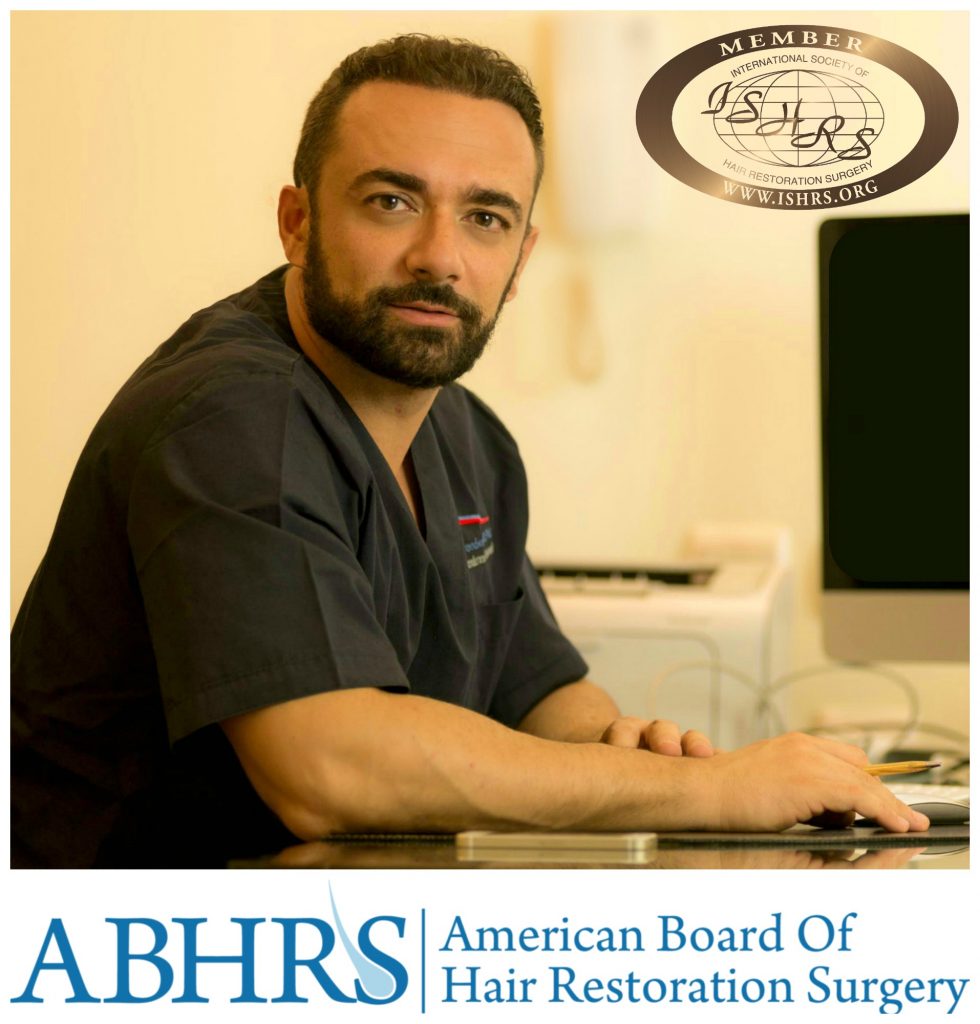
A PRP session is a safe procedure in which, after processing the patient’s blood through centrifugation, a plasma rich in platelets (Platelet-Rich Plasma, PRP) is obtained. It may sound complicated, but it is not.
Your doctor draws a small amount of blood, adds an activator, and by spinning the blood, triggers the release of valuable growth factors. These substances are then injected into the targeted area, which is why PRP is considered an autologous treatment—a therapy where the solution comes from the patient’s own body.
While PRP sessions can be useful, they do not represent a cure-all for every condition or symptom. These concentrated platelets promote faster hemostasis and tissue healing, and they have been shown to be effective in the healing of fractured bones and in the placement of dental implants. PRP has also attracted interest in the fields of beauty and anti-aging, although results there remain questionable.
The significant media attention led PRP sessions to gain a reputation that does not always reflect reality. As expected, many beauty centers and practitioners began offering these treatments largely for commercial reasons. Due to selective information from the media and so-called experts, patients often perceive PRP sessions as a superior solution compared to pharmaceutical therapy.
PRP Sessions for Hair Loss: Is It the Right Treatment?
Over the past decade, PRP sessions have been applied to patients with Androgenetic Alopecia, commonly known as baldness—a condition affecting 98% of men and 7 out of 10 women experiencing hair loss.
Studies, however, demonstrate inconsistent results, with many scientific papers contradicting one another. In some studies, PRP treatment proved successful, with patients experiencing new hair growth, while in others, no improvement in hair loss was observed.
There is a clear lack of conclusive evidence supporting the effectiveness of PRP for combating hair loss. Consequently, physicians cannot endorse PRP therapy as a proven, evidence-based treatment for hair loss. The decision ultimately lies with the individual doctor as to whether or not to recommend it to a patient.
I Have Hair Loss. Will PRP Treatment Regrow My Hair?
PRP sessions may lead to new hair growth in some individuals, while in others they make no difference in scalp density. However, the real question is: how effective is PRP compared to medical therapy for hair loss?
Studies show that PRP is less effective than approved pharmaceutical treatments. Medications such as Minoxidil and Finasteride demonstrate greater efficacy than PRP sessions. Moreover, medical therapy is generally safer, as it does not require repeated clinic visits, and its cost is significantly lower than a full cycle of PRP sessions.
Cases where a PRP session may be recommended include patients with hair loss who have been on approved medication for several years and wish to try PRP as a complementary method to stimulate new hair growth.
Additionally, patients with hair loss who either refuse or find it difficult to adhere to medical therapy—and prefer the convenience of an injection every week or two—may find PRP sessions to be a suitable alternative.
Does PRP Have a Permanent Effect on Hair Loss?
Unfortunately, no hair loss treatment offers permanent results. Androgenetic alopecia is a genetically driven condition, much like high cholesterol or diabetes. It is not possible for a patient with alopecia to maintain new hair growth simply because they underwent a few PRP sessions.
To sustain results, PRP sessions would need to be continued indefinitely. Otherwise, patients seeking a permanent solution should consider hair transplantation.
How Often Can I Have PRP for Hair Loss?
The frequency of PRP applications does not follow any approved medical protocol but is instead largely based on commercial rather than scientific criteria.
Therefore, there is no definitive answer regarding the correct frequency of PRP sessions, nor the quantity and density of injections. Although the companies supplying centrifugation systems to medical centers suggest certain protocols, these have never been validated in terms of efficacy—or safety.
In contrast, with approved pharmaceutical treatments for hair loss, we know the exact dosage, possible side effects, and the expected timeline for visible results.
Side Effects of PRP Sessions for Hair Loss
When the physician follows all aseptic protocols, complications during PRP injections can generally be avoided. However, when applied to the scalp, injections inevitably create permanent micro-scars in the surrounding follicular units at the injection sites.
It is also important to note that there are significant differences between PRP preparations in terms of their processing method, composition, and quality, which can lead to wide variability in both outcomes and potential side effects.
In fact, if the wrong platelet activator is used, a PRP session can actually trigger hair loss. Similarly, if the solution is overly concentrated, it may weaken the follicles further instead of strengthening them.
Is a PRP Session Painful?
The scalp is a sensitive area, which is why the procedure is not particularly pleasant for the patient. Fine, small needles minimize discomfort as much as possible; however, it is telling that many patients choose to interrupt the session.
At our clinic, we combine PRP sessions with Hair Transplantation, but not as a standalone method—both for the reasons mentioned above and, more importantly, because the effectiveness of PRP is lower than that of approved pharmaceutical treatments. PRP can in no way replace hair implantation, which is a proven surgical procedure that provides permanent, natural results.
Studies on the effectiveness of PRP therapy suggest that its use during follicular unit implantation may contribute to faster scalp healing and improved graft survival. However, we emphasize that a PRP session is by no means a necessary component of a hair transplant






